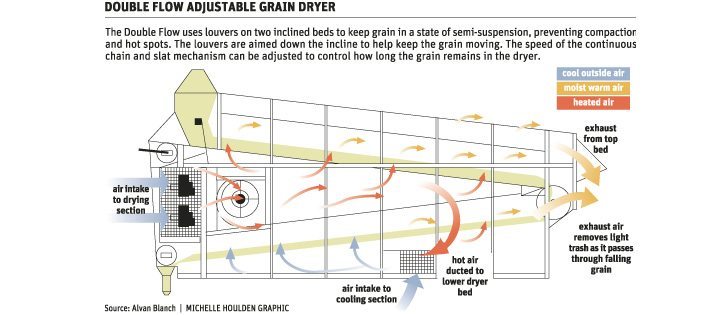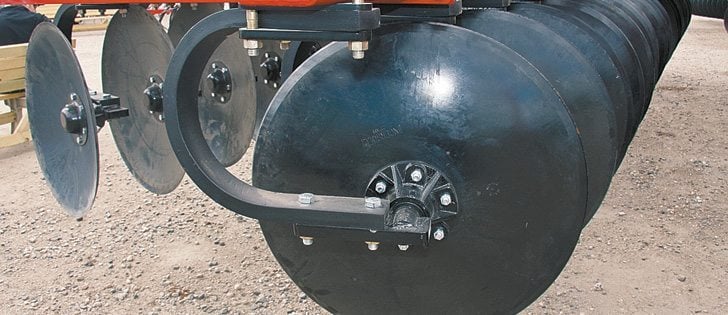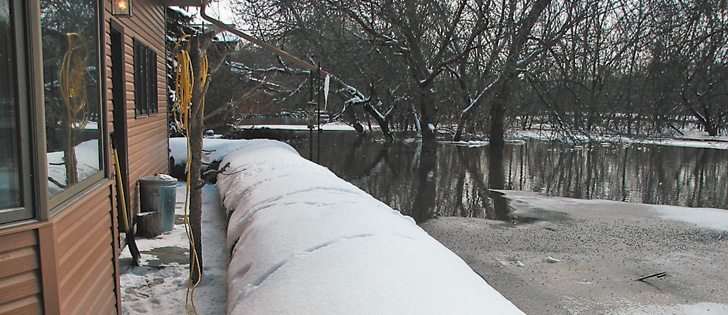No cropping restrictions | Effective on weeds glyphosate can’t control
BASF received approval in May for a new product that is used when there isn’t a crop in the ground.
Distinct, which comprises diflufenzopyr and dicamba blended with glyphosate, has been released as a tank mix for chem fallow and post-harvest control of tougher weeds such as dandelion, Canada thistle and narrow-leaved hawks beard, along with most winter annuals and annual broadleaf weeds and cereals.
The Group 4 products provide control of most of these pests when mixed with the Group 19 glyphosate, but they don’t restrict crop choices for the coming season.
Read Also

Pakistan reopens its doors to Canadian canola
Pakistan reopens its doors to Canadian canola after a three-year hiatus.
The diflufenzopyr and dicamba are know as Overdrive without the glyphosate mix and is marketed by Engage Agro for BASF. That package is meant only for established grass pastures.
Mixing the glyphosate with the other two already-combined chemistries begins with Distinct, followed by the glyphosate and then an adjuvant and a dose of 28 percent UAN as non-ionic surfactant.
Michael Schaad of BASF said the product is effective with weeds that glyphosate has a hard time controlling or are difficult to kill because of weed growth staging.
“There are no cropping restrictions the next spring,” he said.
“That means that producers using chem fallow for pulse production can deal with their worst weed problems in the fall when the products are most effective.”
The product should find a market in the southern Prairies for Group 2 and glyphosate resistant weeds such as kochia, he added.
“Group 2 resistant weeds have been a problem for a long time,” he said.
“Now with kochia being resistant to glyphosate, products with more than one mode of action are becoming the solution of choice.”
Schaad said a March Ipsos Reid telephone poll of Canadian producers found that 75 percent of farmers said they felt herbicide resistant weeds were hurting their profitability.
He said the poll, which BASF commissioned, also indicated that half of producers feel weeds are getting harder to control with herbicides.
“They tell us they are turning to products or tank mixes that use more than one mode of action as a result,” he said.
“The whole solution lies in rotating crops and the herbicide groups and keeping rates up where there is less chance of selection and survival. Multiple modes of action go a long way to resisting resistance.”














